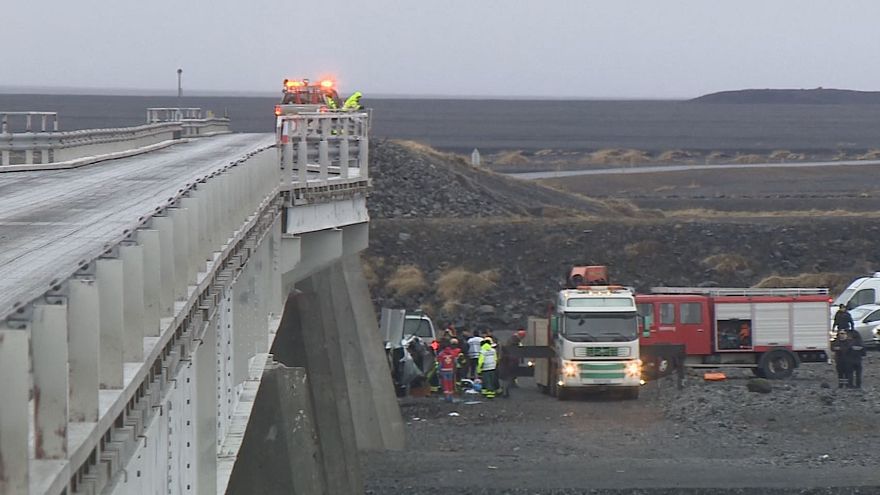moggy1968
Well-Known Member
- Joined
- Jun 12, 2013
- Messages
- 2,938
I’m sorry but I don’t understand your comment chas, I was referring to the comment ‘how is it ok to exceed gvm by several hundred kilos for an overlander......’You said it was too many, in your previous post you said "I would argue that even in a 7 seater in that terrain that’s too many"
Which no one was suggesting it was, although there are caveats to that as I stated.
Last edited:







